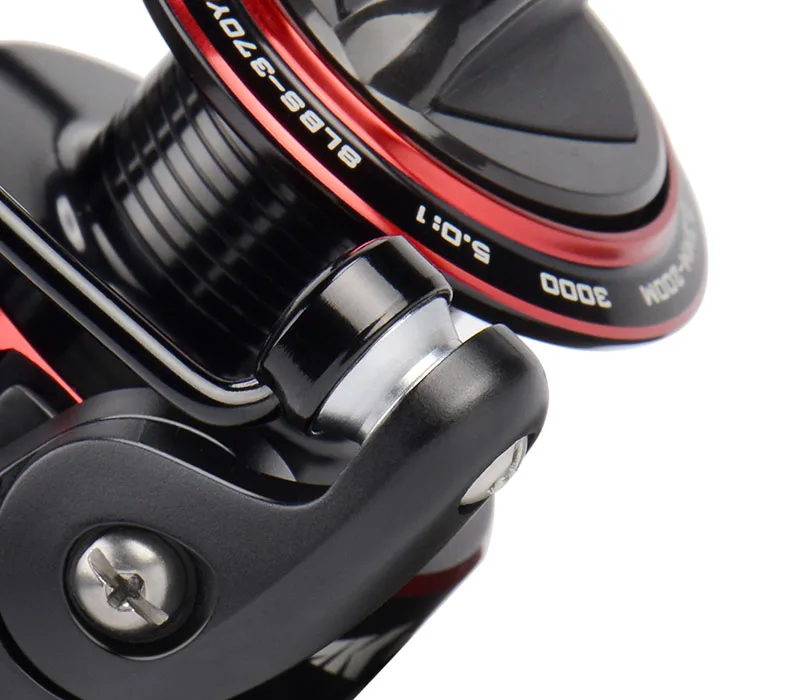

Once you've shot the last of the 37 or 69 stereo exposures, you must get the film processed. The shutters are synchronized for all flashbulbs at 1/25 sec, and electronicīefore we discuss the camera more, let's look at the rest of the View-Master system. Prevent you from opening the camera back at the wrong time. The all-metal alloy body has a hinged back. Winding the film automatically cocks the shutters. A bubble level to help keep the camera at an even keel is visible through the viewfinder. Here are other important camera features. And the exposure dials are constructed in such a way that you can set your shutter speed first and thenĪutomatically find the proper lens opening, or you can set the lens opening and automatically find the proper shutter speed. By properly positioning the center dial atop the camera, you automatically BothĪre interconnected with a dial in the middle which indicates the ASA Speed Index of the film used, the time of the year, the lightingĬonditions, and the type of subject, dark, average or light. The two dials control shutter speed and diaphragm openings. Interesting feature, the exposure computer dials atop the camera. Retainingīesides the unusual device of using vertically sliding lenses and producing such small pictures, the Sawyer's instrument has another
#STEREO MASTER REEL CUTTER SERIES#
The front of each shutter mount is threaded to accept Series V accessories. Protected in front by plain, optical glass. The lenses are locatedīehind the shutters, which are of a guillotine type with speeds of 1/10, 1/15, 1/25, 1/50, 1/100 sec. At f/16, the depth extends from 4 feet to infinity. At f/3.5, the depth of field, or zone of sharp focus,Įxtends from 6 feet to infinity. The lenses are fixed-focus 25mm f/3.5 with stops to f/16. You can make 37 stereo pairs on a standard 20-exposure roll and 69 stereo pairs from a Which are set behind the shutters in small, vertical elevators, rise to transmit images along the top half of the film as it is Then a knob on the front of the camera is turned, and the lenses, This film is wound from the cartridge onto the takeup spool. With a standard 20-exposure roll of film (not a "stereo roll"), stereo pairs are first made along the bottom half of the film as And that's how the unique camera ($89.50) came to be designed.Īlthough each View-Master stereo picture measures 12 x 14mm, the camera is designed to use regular 35mm film cartridges. To design a camera for amateurs to make stereo pairs in this size. Stereo camera, which were reduced in processing to approximately 12 x 14mm for insertion in the Sawyer's stereo reels. Each cardboard circular reel held 7 pairs of stereo shots, actually made with a 2¼ x 2¼-in., or larger,

The View-Master Stereo system started out with only a viewer for which commercially made travelogue, cartoon and story-telling 3-D reels On the system pending the arrival of the long-promised viewer. Consequently, Modern had held up any opinions

Only viewer available was a $2 instrument, more in the nature of an educational toy. Recently that a sufficiently good stereo hand viewer has been available, equal in quality with the rest of the system.

Actually, both camera and film cutter have been available for a number of years. The camera is unique, the method of mounting the stereo pairs is unique,Īnd almost every piece of equipment for the system is unique. But this word preciselyĭescribes the Sawyer's View-Master Personal Stereo system. The word unique is ohen erroneously applied to about every new piece of photographic equipment made.


 0 kommentar(er)
0 kommentar(er)
